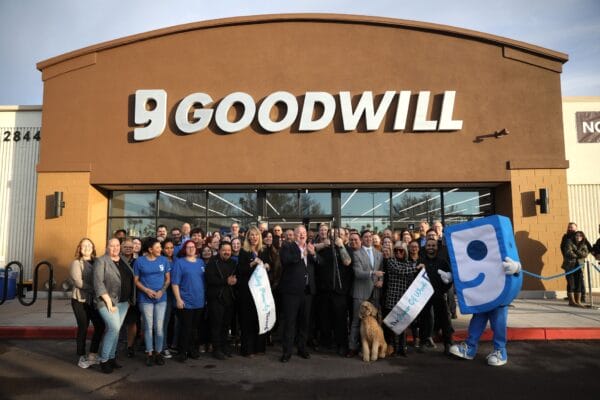By Paul Basha, traffic engineer, Summit Land Management
What’s the deal with traffic signals that flash yellow or red in the wee wee hours?
Thirty years ago or so, in more rural areas in the Great Lake and Atlantic Coast states, during very early morning hours, traffic signals would not show the typical red-yellow-green, but would flash either red in all directions or red in one direction and yellow in the other. Why doesn’t Arizona do that?
This is another example of the classic balance between safety and efficiency. The standard traffic signal where both directions on one street see green and both directions on the other street see red is much safer. The yellow-or-red flashing operation during the late night and very early morning hours eliminates cars stopping for nobody.
Stopping some cars so other cars can go makes perfect sense when there are numerous cars on both streets. In rural or semi-rural areas, when there are very few cars on either street, seems silly to force cars to stop when there are no cars on the other street. (When we were young, my younger brother and I called these signals “fly crossings”.)

It became obvious to people who clean the debris from collisions and the people who care for those injured in crashes, that the flashing yellow lights and flashing red lights had deficiencies. It seemed that when drivers saw a flashing red light, they thought, “if they really wanted me to stop, it would be a solid red”. And when drivers saw a flashing yellow light, they thought, “the guy with the flashing red is supposed to stop, so I can just drive”.
In Michigan in 1983 and 1987, traffic engineering researchers discovered that during early morning hours, normal signal operation had statistically significantly fewer collisions than flashing light signals. In North Carolina in 2002, traffic engineering researchers discovered that during early morning hours, normal signal operation had one-quarter of the collisions of flashing light signals. The collisions that occurred caused very serious injuries, the type traffic engineers call “right-angle”, that ordinary people call “T-bone”.
So that stopped that. Rarely anywhere in the United States do traffic signals consistently flash.
The City of Scottsdale allowed early morning flashing signal operation in the late 1980’s for one of the major expansions of Scottsdale Fashion Square. Extensive excavation was necessary for underground parking areas. The convoys of large dirt-hauling trucks delivered the dirt to places both east and west of Scottsdale for several hours after midnight every day for several weeks. The streets the trucks used had flashing yellow lights and the intersecting streets had flashing red lights. Off-duty police officers were privately hired and stationed at each intersection to ensure safety. No collisions occurred.
Curious about something traffic? Call or e-mail Paul at (480) 505-3931 and pbasha@summitlandmgmt.com.








